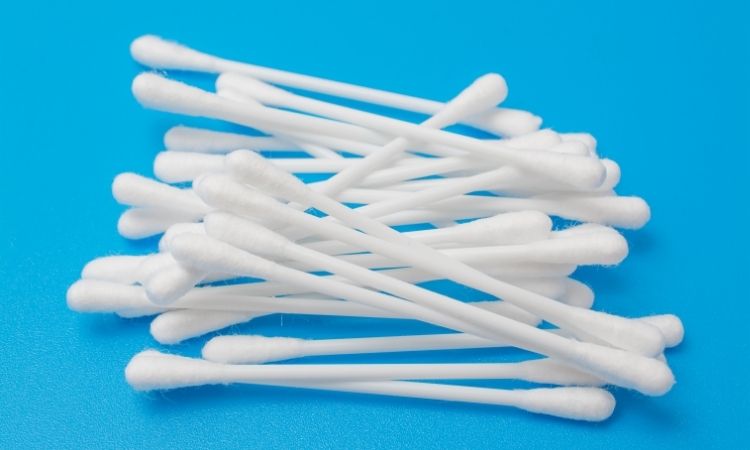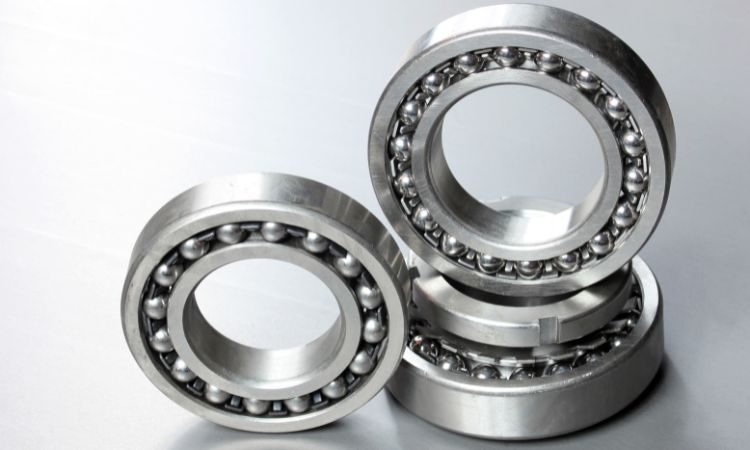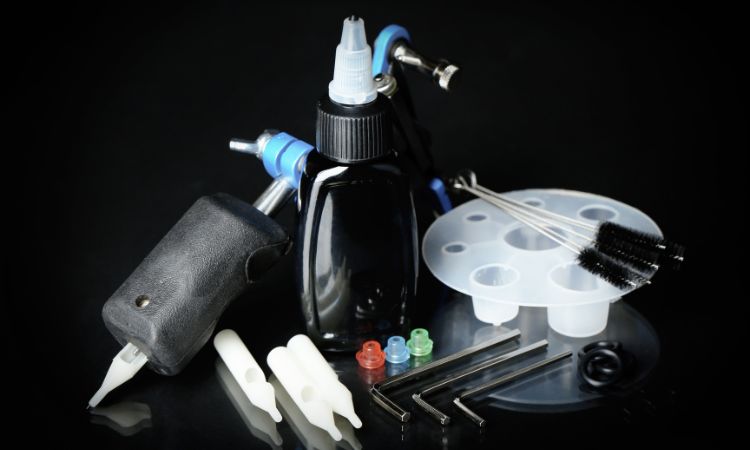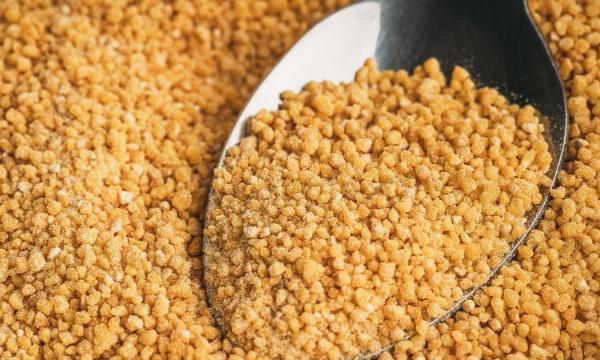The Essential Guide to Cotton Buds: Uses, Benefits, and Environmental Impact

Strong 8k brings an ultra-HD IPTV experience to your living room and your pocket.
Cotton buds, often known as cotton swabs, are one of the most commonly used household items. They are small, cylindrical items with a stick in the center, with cotton on both ends. While their primary purpose is often associated with cleaning ears, cotton buds have a much broader range of uses that are valuable in everyday life. However, as convenience and accessibility grow, so do the concerns surrounding their environmental impact. In this article, we will dive deeper into the world of cotton buds, their various uses, benefits, and the growing concerns related to their use.
What Are Cotton Buds?
Cotton buds are essentially sticks, commonly made from plastic, bamboo, or paper, with cotton tips at both ends. These cotton-tipped swabs are most commonly associated with personal hygiene and cleaning. However, their small, versatile design allows them to serve various purposes beyond ear cleaning.
The Many Uses of Cotton Buds
1. Ear Hygiene: The most common use of cotton buds is for cleaning ears. Many people use them to remove excess wax from the outer ear canal. However, experts typically advise against using cotton buds inside the ear canal itself, as they can push wax further in and potentially cause damage to the eardrum. Still, they can be used effectively for cleaning the outer ear and the crevices around it.
2. Makeup Application and Removal: Cotton buds are a staple in the beauty industry. Their small size and precise tip make them perfect for applying makeup, particularly around the eyes, such as for smudging eyeliner, applying eyeshadow, or even fixing small mistakes in makeup application. They are also widely used for removing makeup from hard-to-reach areas or when you need to gently clean up small smudges.
3. Cleaning Hard-to-Reach Areas: Cotton buds can be excellent tools for cleaning tight spaces that are otherwise hard to reach, such as keyboard keys, camera lenses, or the crevices of electronic devices. Their precision allows for detailed and careful cleaning in areas that would typically require a much more cumbersome tool.
4. Arts and Crafts: Artists and crafters often use cotton buds for creating patterns, blending colors, or applying paint to small or detailed areas. Their soft cotton tips help to control the amount of paint or ink applied, making them perfect for miniature painting, detailed artwork, and other crafts.
5. Wound Care: Cotton buds are sometimes used in medical settings to apply ointments or disinfectants to small cuts or wounds. The soft, absorbent cotton ensures that the application is gentle and precise, preventing additional irritation or contamination.
6. Household Cleaning: Cotton buds also come in handy for a variety of cleaning tasks around the house. Whether it's cleaning jewelry, dusting intricate décor pieces, or cleaning small appliance parts, the fine tip of a cotton bud makes it ideal for delicate cleaning tasks.
7. Pet Care: Cotton buds are often used by pet owners for cleaning the ears of dogs and other animals. They are ideal for getting rid of dirt and debris without causing harm. However, just like with human ears, caution is needed to avoid pushing anything too far into the ear canal.
Environmental Concerns and the Rise of Alternatives
While cotton buds have a wide array of uses, they come with environmental concerns, especially because many of them are made with plastic stems. These plastic cotton buds are a significant contributor to environmental pollution, particularly in marine ecosystems. When improperly disposed of, they often end up in rivers, oceans, or landfills. Once in the ocean, plastic cotton buds can pose a threat to marine life, as they are often mistaken for food by animals. When consumed, these plastic items can lead to injury, illness, or even death in marine animals.
In recent years, there has been a growing movement to reduce plastic waste and promote more sustainable alternatives. Many countries have already banned or restricted the sale of plastic cotton buds, including several European nations. In fact, Europe Cotton Buds are increasingly being produced with eco-friendly alternatives like bamboo or paper stems. As a result, manufacturers have begun producing more sustainable options that break down more easily in the environment.
Additionally, cotton buds made from organic cotton, as opposed to conventional cotton, are gaining traction. Organic cotton is grown without the use of harmful pesticides and fertilizers, reducing the environmental footprint of production. These more sustainable options help mitigate some of the environmental damage caused by traditional cotton buds.
How to Use Cotton Buds Responsibly
Given the concerns about plastic waste, it's essential to be mindful of how we use and dispose of cotton buds. Here are some tips for using cotton buds more responsibly:
1. Opt for Biodegradable Alternatives: Choosing cotton buds made from bamboo or paper rather than plastic is an easy first step in reducing your environmental impact. These biodegradable options break down naturally, unlike plastic.
2. Dispose Properly: Never flush cotton buds down the toilet, as they can clog plumbing and end up in waterways. Dispose of them in the trash and consider recycling when possible.
3. Limit Use: While cotton buds are versatile, it's essential to limit their use to what is necessary. Overuse of disposable items contributes to waste accumulation.
4. Repurpose Used Cotton Buds: Before tossing out used cotton buds, think about how they might be repurposed for other tasks like cleaning or arts and crafts.
5. Advocate for Sustainable Production: Support brands that produce eco-friendly and biodegradable cotton buds. When purchasing these items, look for certification labels, such as organic cotton or FSC (Forest Stewardship Council) certification.
Europe Cotton Buds: A Shift Toward Sustainability
As environmental concerns around single-use plastic continue to grow, Europe Cotton Buds have become a symbol of change. Many European countries have already imposed bans on plastic cotton buds, leading to the rise of more sustainable, biodegradable options. The shift towards eco-friendly materials, such as bamboo and paper, is a direct response to the widespread plastic pollution problem. European manufacturers are now leading the charge in producing cotton buds that break down naturally, offering a much more environmentally conscious alternative to the traditional plastic swabs.
By promoting biodegradable cotton buds, Europe is taking significant steps toward reducing plastic waste in landfills and oceans. As a result, consumers are becoming more aware of the impact their choices have on the environment, and many are making more responsible decisions in their purchasing habits.
Note: IndiBlogHub features both user-submitted and editorial content. We do not verify third-party contributions. Read our Disclaimer and Privacy Policyfor details.







